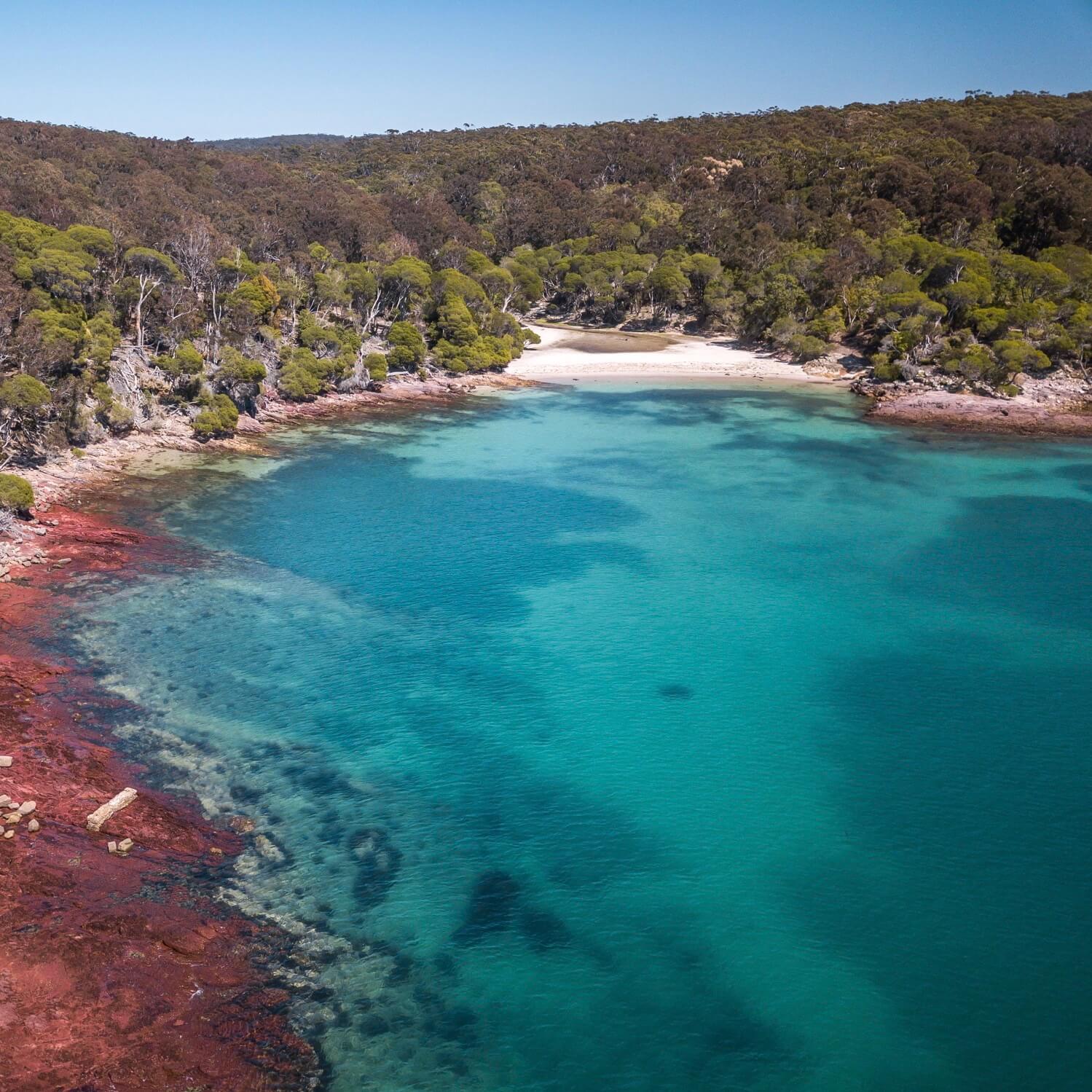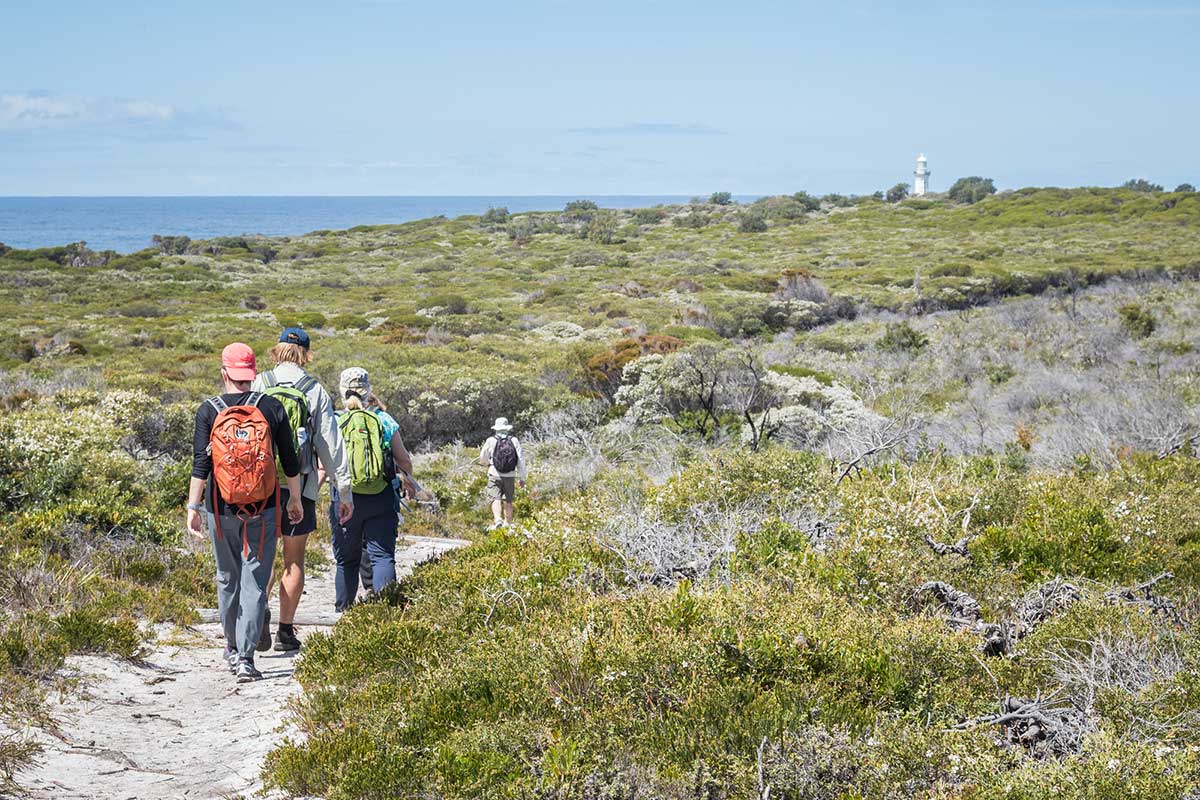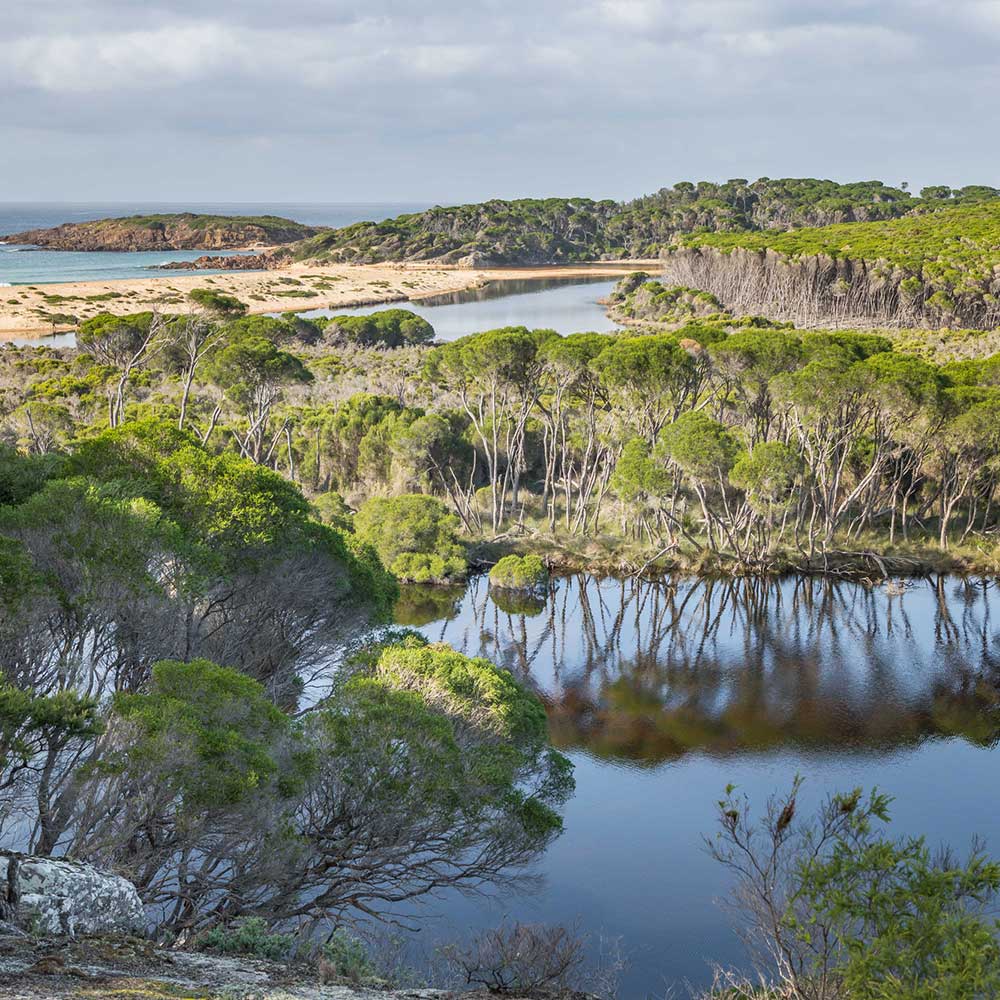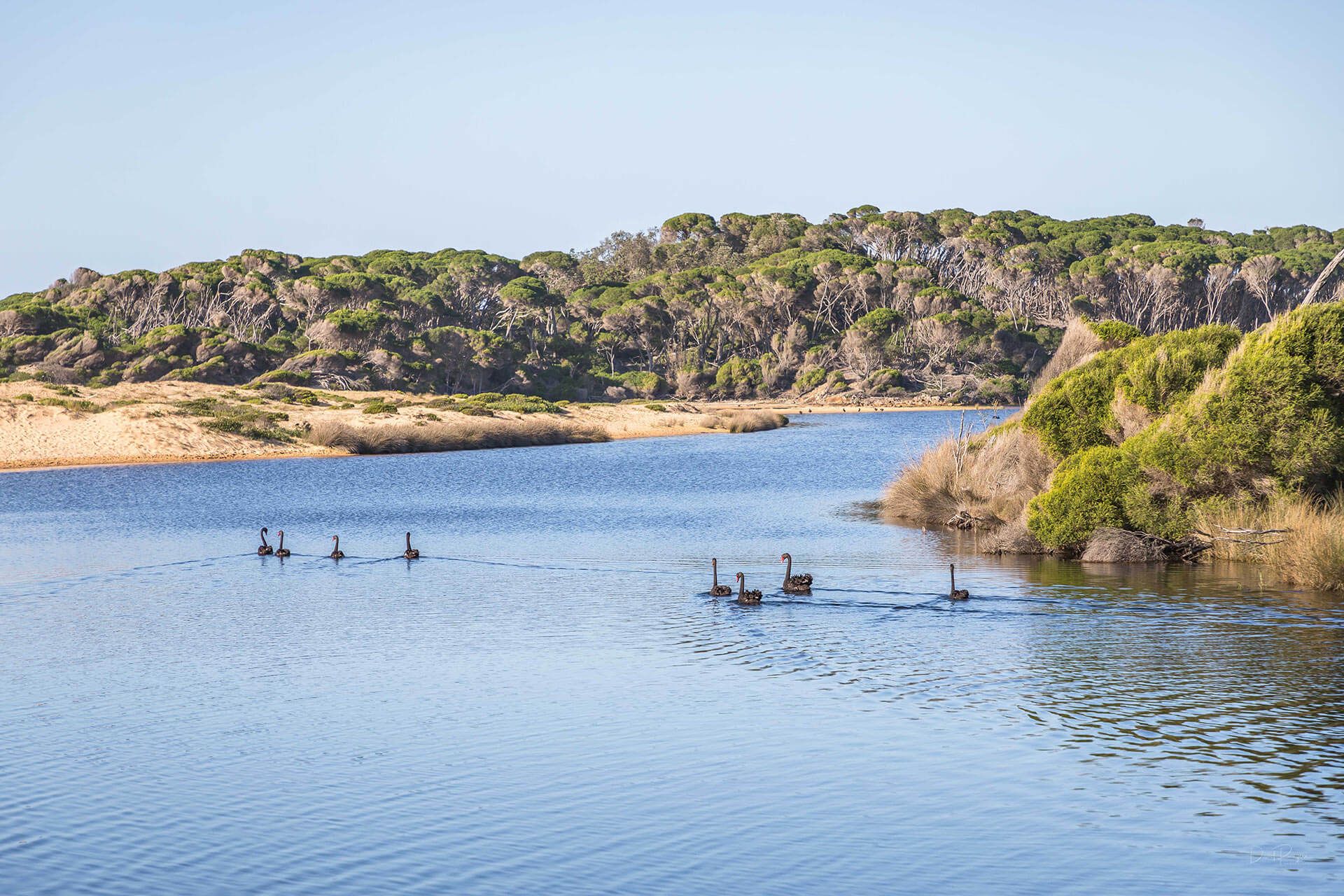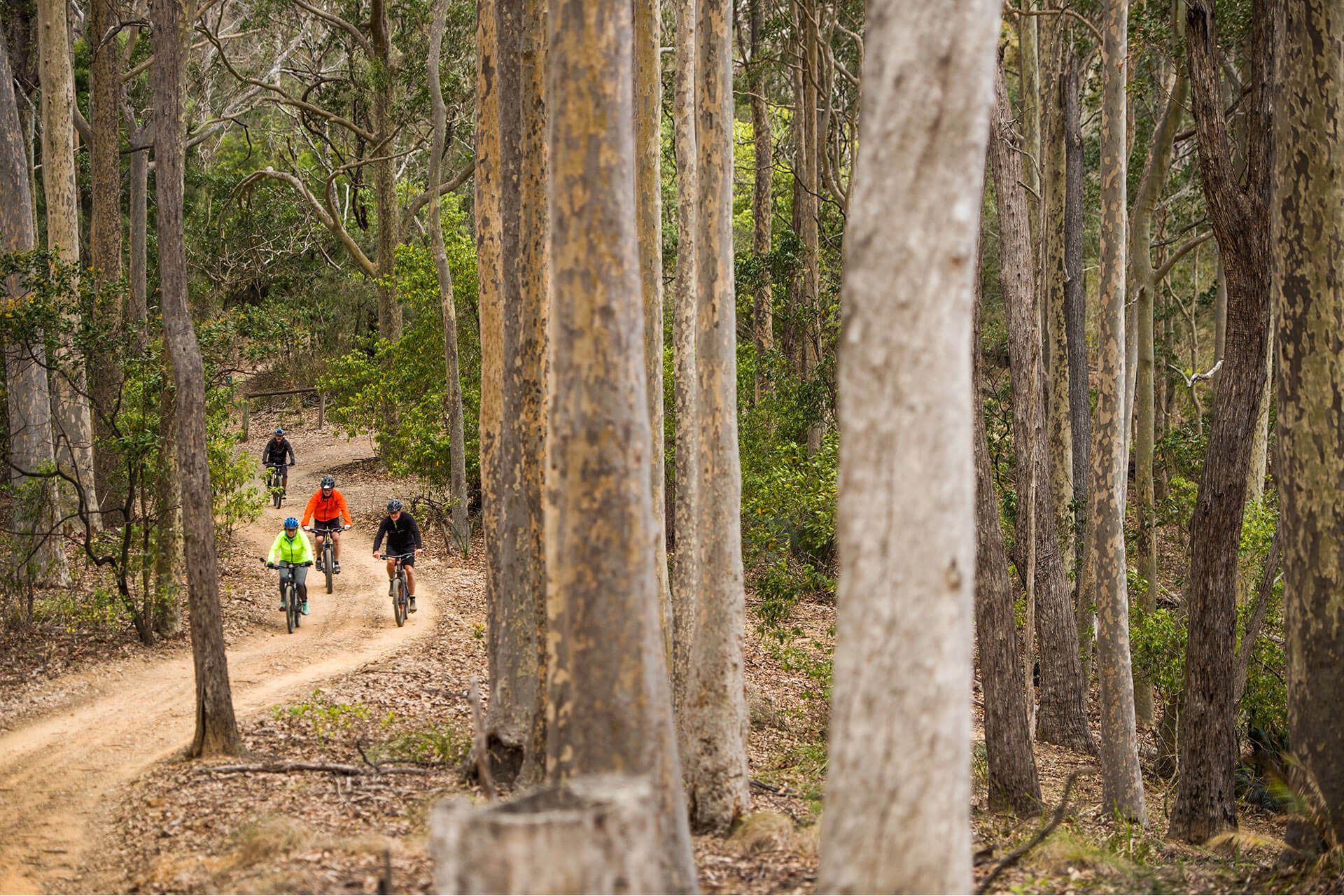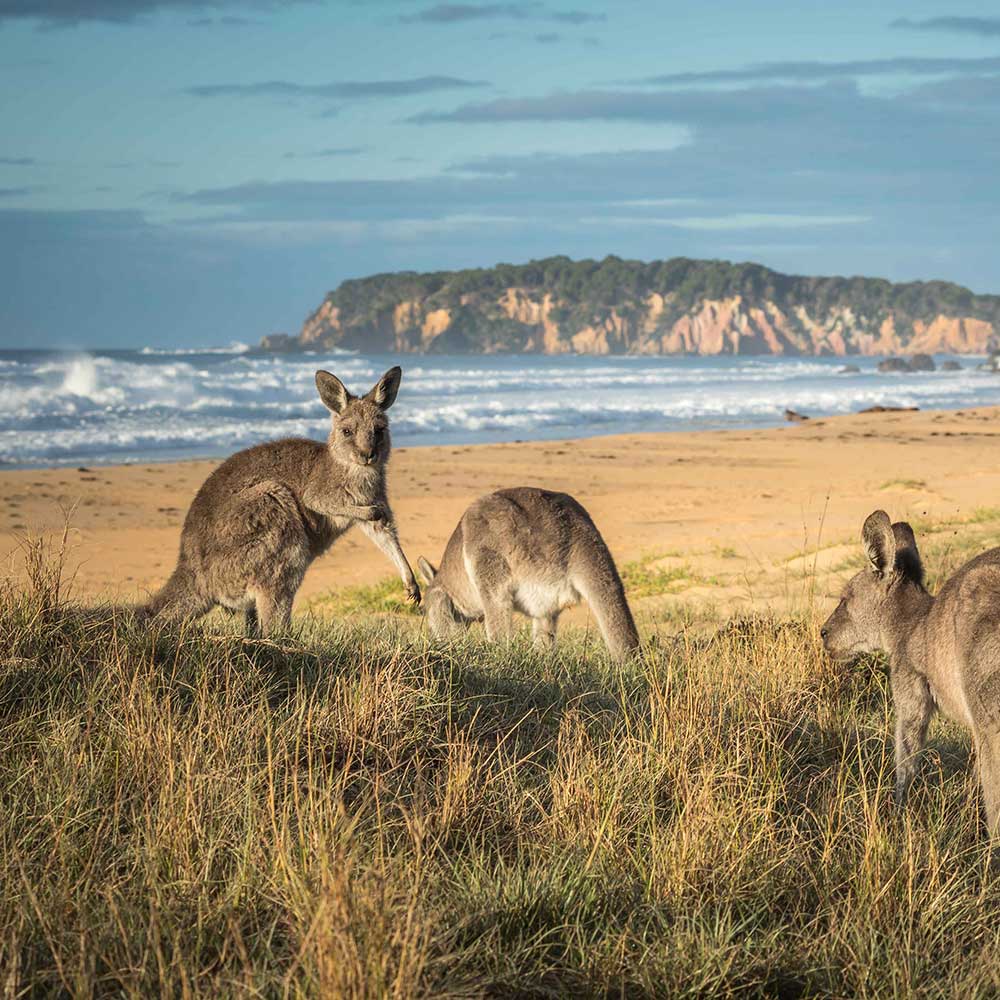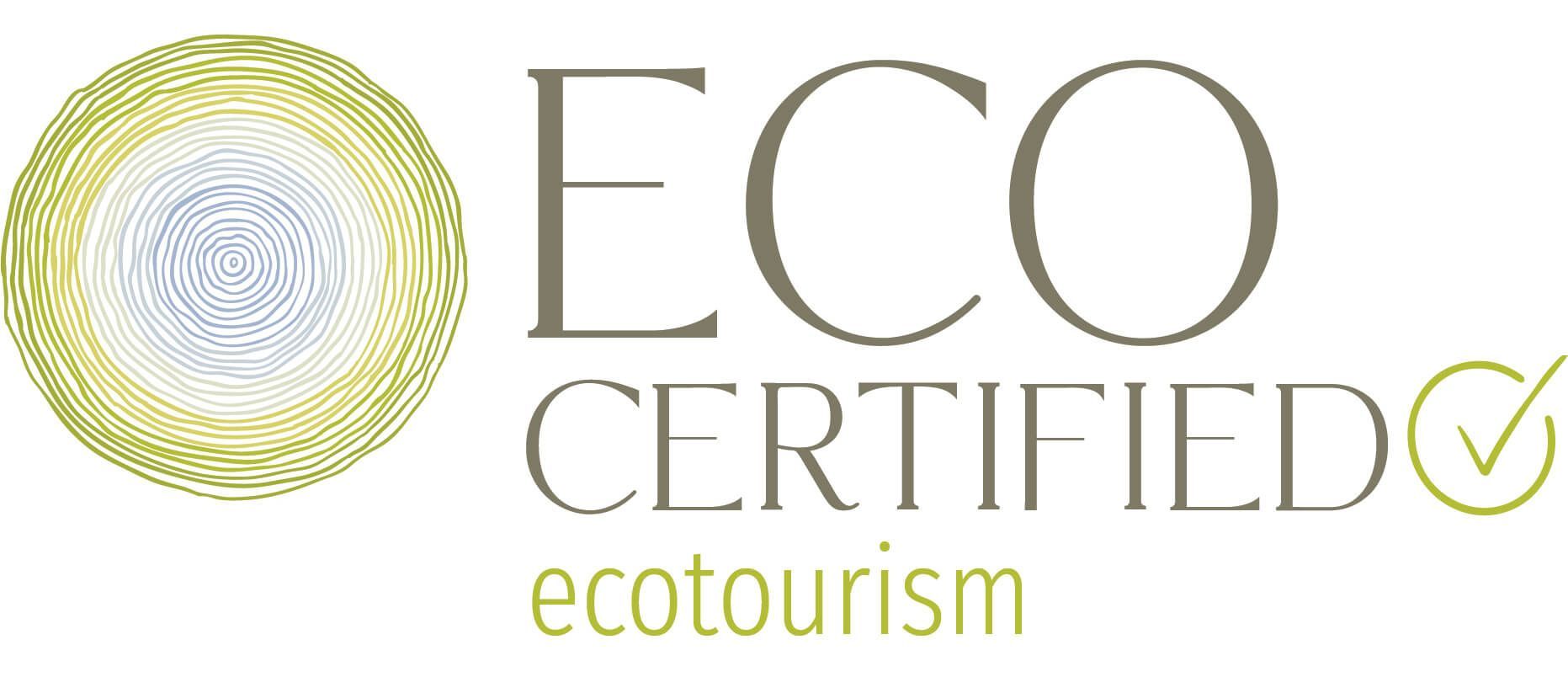Sapphire Coast
Snowy Mountains Alpine Walk
Australia'S Coastal Wilderness
The Sapphire Coast, on the New South Wales coast, is home to stunning beaches, pristine estuaries, old growth forest and an ancient geological landscape.

Sapphire Coast
Australia'S Coastal Wilderness
The Sapphire Coast, on the New South Wales coast, is home to stunning beaches, pristine estuaries, old growth forest and an ancient geological landscape.
The Sapphire Coast region is made up of 75% national park, and is known as Australia’s coastal wilderness.
This undiscovered pocket of wild coastline is steeped in nature, wildlife and history.
The Sapphire Coast is located in the deep south of New South Wales, halfway between Sydney and Melbourne and just three hours from Canberra.
Sapphire Coast National Parks
We currently operate tours in Mimosa Rocks National Park, Bournda National Park and Beowa National Park.
Sapphire Coast
Beowa National Park
Covering an area of 10,485 hectares, this park is made up two sections: Pambula-Haycock area & Green Cape area. With 47km of coastline, this park features long sandy beaches in the north, and hidden rocky coves and inlets in the south. Heathland provides important habitat for vulnerable species such as the eastern ground parrot, and over 150 species of birds and 50 native mammals have been recorded in the park.
The park is famous for its striking red rock, formed in the Devonian period approximately 360 million years ago.
Sapphire Coast
Bournda National Park
Largely undiscovered, this park is the hidden gem of the Sapphire Coast. At 2,655 hectares, this park is made up of a sandy beaches and coastal lagoons in the south, and a rugged, rocky coastline to the north. Wallagoot Lake is located in the heart of Bournda National Park, with estuarine wetlands and pockets of forest a sanctuary for wildlife.
Over 200 species of birds have been recorded in the area.
Sapphire COast
Mimosa Rocks National Park
With three pristine estuaries and approximately 20km of coastline, this 5,804-hectare park is a natural playground. Mimosa Rocks is made unique by its characteristic burrawang palms and spotted gums, as well as its folded and faulted sedimentary rocks deposited in the Ordovician period, approximately 430-490 million years ago.
The park is home to swamp wallabies, ring tail possums as well as a small population of koalas.
Sapphire Coast Climate
The Sapphire Coast NSW enjoys warm summers and mild conditions in autumn and spring. Throughout the year there are around 4 – 5 days with rain per month, you’ll need a raincoat but hopefully you won’t get to use it!
Autumn
The autumn months are often the most stable with warm days and slightly cooler evenings, just right for sitting around the campfire.
14°
21°
56
Winter
Mornings and evenings can be chilly but days are usually sunny and mild. Winter can provide less chance of rain than autumn.
9°
16°
52
12°
19°
52
Spring
In early spring maximum temperatures are generally in the high teens. We are more likely to have stronger winds, but only on a few days.
17°
23°
54
Summer
Summer maximum temperatures are in the low to mid-twenties, with mild summer evenings – perfect after a good day’s walk.
These statistics are based on data from the Australian Bureau of Meteorology weather station at Green Cape, at the southern end of Beowa National Park. See more detailed data here. Rainfall figures are shown as average mm per month.
Sapphire Coast
Flora & Fauna
Our national parks protects important areas of coastal plant and animal communities including old growth forest, extensive heathland, estuarine and freshwater wetlands, dune ecosystems, a large number of threatened native animals species and bio-geographically significant plant species.
In spring, the Sapphire Coast is one of Australia’s premier whale watching locations.
Sapphire Coast
Cultural History
The Sapphire Coast lies within the traditional Country of the Yuin people, who have inhabited this region for many years.
A number of cultural features are found in our national parks, most notably Boyd's Tower, Green Cape Lightstation and the ruins at Bittangabee Bay associated with whaling and lighthouse activities, as well as a number of Aboriginal sites and middens.
Sapphire Coast
What's Nearby?
The Sapphire Coast NSW region extends from Wonboyn in the south to Wallaga Lake in the north. Nearby towns include Eden, Pambula, Merimbula Tathra and Bermagui, as well as Candelo, Cobargo and Bega.
South East Forests National Park is close by, and
Kosciuszko National Park is approximately 2.5 hours away.
Getting Here
We are located halfway between Sydney and Melbourne and just three hours drive from Canberra. There is an airport in Merimbula, with flights to and from Melbourne and Sydney available.
If we can assist you with further information about getting here please don't hesitate to
contact us.
MAKE AN ENQUIRY
Experience nature in unbridled coastal wilderness, challenge yourself and discover some of the most unique and pristine coastline in Australia.
